
Database Query Optimizer - Tailored Database Optimization
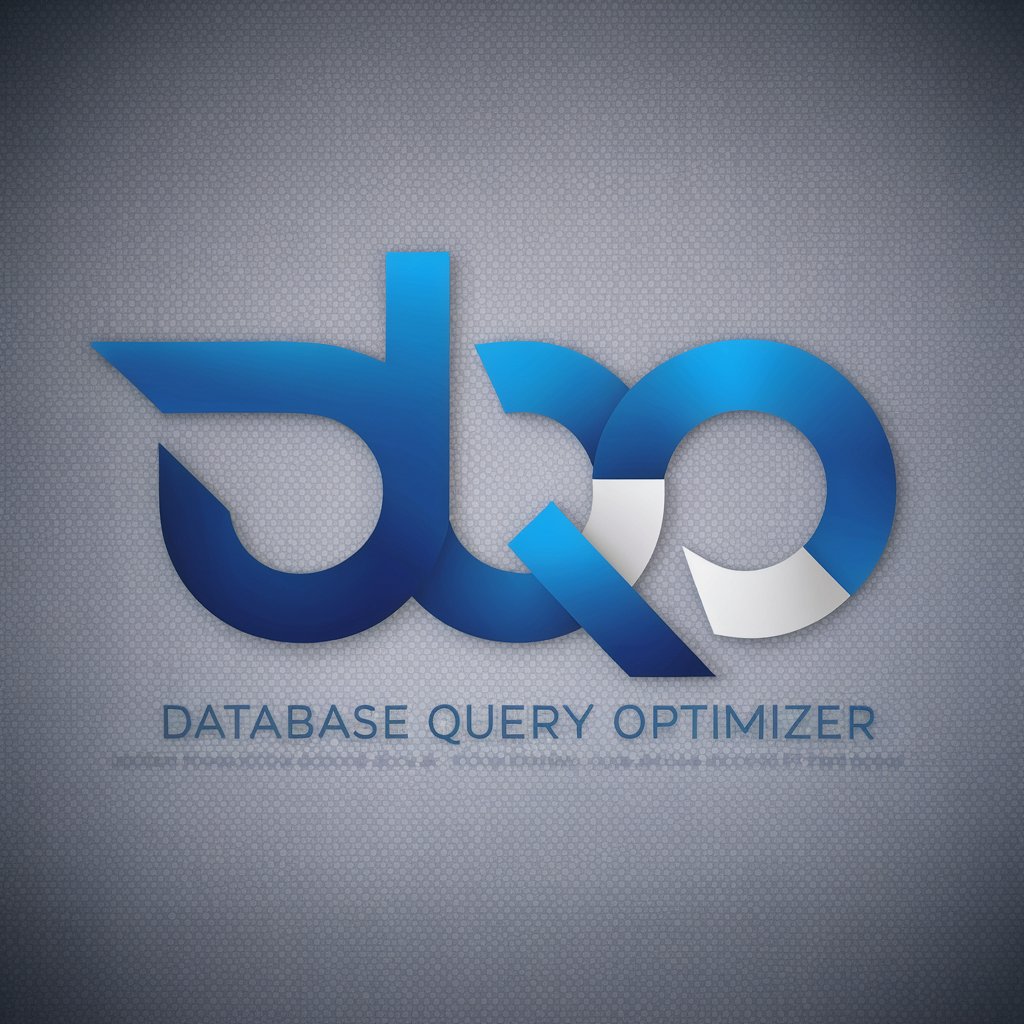
Hello, how can I assist with your database optimization today?
AI-powered database optimization at your fingertips.
What are the best practices for optimizing MongoDB queries?
How can I improve the performance of my NoSQL database?
What tools do you recommend for monitoring database performance?
Can you suggest an efficient schema design for a high-traffic application?
Get Embed Code
Introduction to Database Query Optimizer
A Database Query Optimizer is a crucial component of a database management system (DBMS) that aims to determine the most efficient way to execute a given query by considering various query execution plans. Its design purpose is to enhance the performance and efficiency of database queries, thereby minimizing the response time and optimizing the use of system resources. For example, when a user queries a database to find all entries in a 'customers' table that live in 'New York', the optimizer evaluates whether to use an index on the 'city' column, perform a full table scan, or use another method, based on the current data distribution and the database's structure. This process involves analyzing different strategies for executing the query, estimating the cost of these strategies (e.g., in terms of I/O operations, CPU usage), and selecting the most efficient one. Powered by ChatGPT-4o。

Main Functions of Database Query Optimizer
Query Plan Generation
Example
Generating multiple execution plans for a query such as 'SELECT * FROM orders WHERE customer_id = 123'
Scenario
The optimizer might consider using an index on 'customer_id' if available, or opting for a full table scan if the index is not present or deemed inefficient.
Cost Estimation
Example
Estimating the cost of different query execution plans based on factors like I/O, CPU usage, and network latency.
Scenario
For a query joining 'orders' and 'customers' tables, the optimizer estimates the cost of using nested loops, hash join, or sort-merge join, considering the size of the tables and the presence of indexes.
Query Plan Selection
Example
Selecting the most efficient query execution plan from the generated options.
Scenario
After generating and estimating the cost of various plans for a complex query involving multiple joins and conditions, the optimizer selects the plan with the lowest cost estimate.
Index Recommendation
Example
Recommending the creation of indexes based on query patterns and frequency.
Scenario
If certain queries are run frequently on a column that lacks an index, the optimizer may recommend creating an index on that column to improve query performance.
Query Rewriting
Example
Automatically rewriting inefficient queries to improve performance.
Scenario
Transforming a query that uses 'NOT IN' with a subquery into a more efficient 'LEFT JOIN' operation, based on the specific database's capabilities and limitations.
Ideal Users of Database Query Optimizer Services
Database Administrators (DBAs)
DBAs are responsible for the overall management of database systems. They benefit from using query optimizers by ensuring databases run efficiently, thereby reducing the load on servers and improving response times for end-users.
Backend Developers
Developers who work on the server side of applications and manage database interactions can use query optimizers to write more efficient queries, leading to faster application performance and a better user experience.
Data Analysts
Analysts querying large datasets for insights benefit from optimized queries to access data faster, enabling more efficient data analysis and reporting.
System Architects
Architects designing the overall structure of database systems can use query optimizers to ensure the database design supports efficient query execution, crucial for scalable and high-performance applications.

Guidelines for Using Database Query Optimizer
Start Your Journey
Head over to yeschat.ai for a no-cost trial, accessible immediately without the need for a ChatGPT Plus subscription or even signing in.
Select Your Database
Identify and select the specific database system you're working with (e.g., MongoDB, MySQL) to ensure tailored optimization advice.
Define Your Goals
Clarify your optimization objectives, such as improving query speed, reducing server load, or enhancing data retrieval efficiency.
Input Your Queries
Enter your current database queries or schema designs into the system for analysis.
Review Recommendations
Analyze the optimization recommendations provided, which may include index creation, query restructuring, or schema adjustments, and apply them to your database.
Try other advanced and practical GPTs
Sudoku Game
Challenge Your Mind with AI-Powered Sudoku

ACTUALLY LEARN in 3 key steps: Teach, Think, Test
AI-Powered Personalized Learning

Funnel GPT
Empowering Funnels with AI Insight

Federal Student Loan AI Assistant
Navigate student loans with AI-powered assistance.

Viral Reel Scripter
Scripting Made Smart with AI

Viral Video Script Generator
Elevate Your Content with AI-Powered Scripts

DBPro Scenario Navigator
Empowering Database Mastery with AI

T•k T•k Engagement Expert
Boost Your TikTok Presence with AI
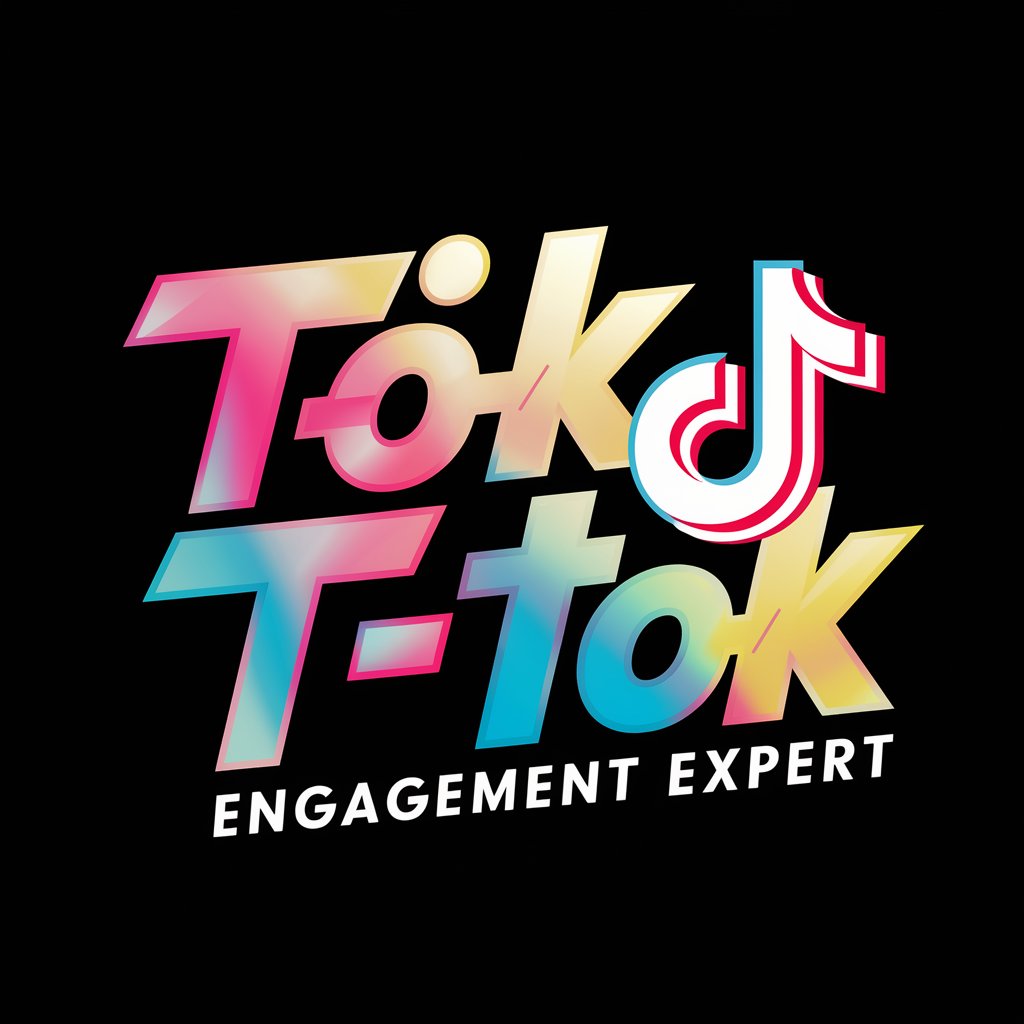
Multiple Images Prompt
Unleash creativity with AI-powered imagery

Fact Check GPT
Empowering truth with AI
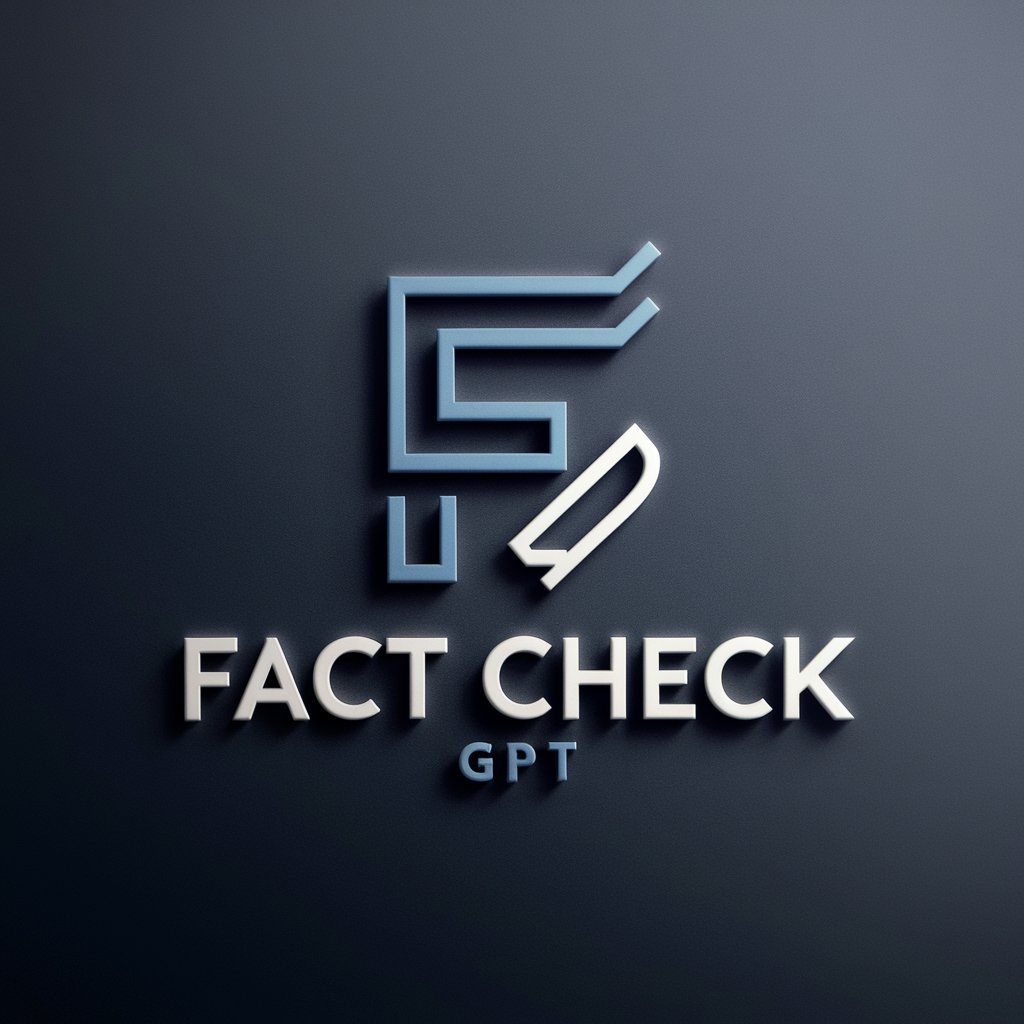
Department Of Madness - USA Edition
Uncovering America's Quirkiest Sides
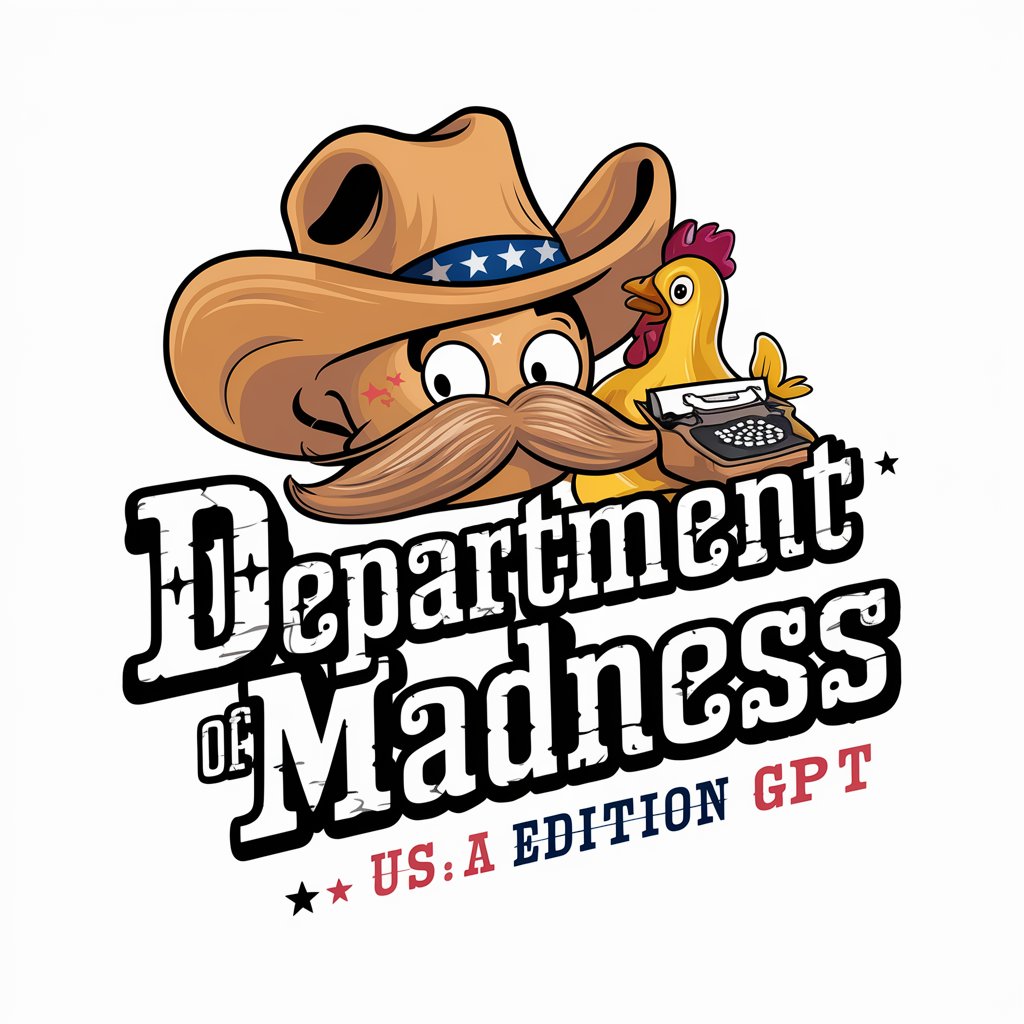
FirstGen | The Premier GPT for FirstGen Talent
Empowering FirstGens with AI-driven mentorship.
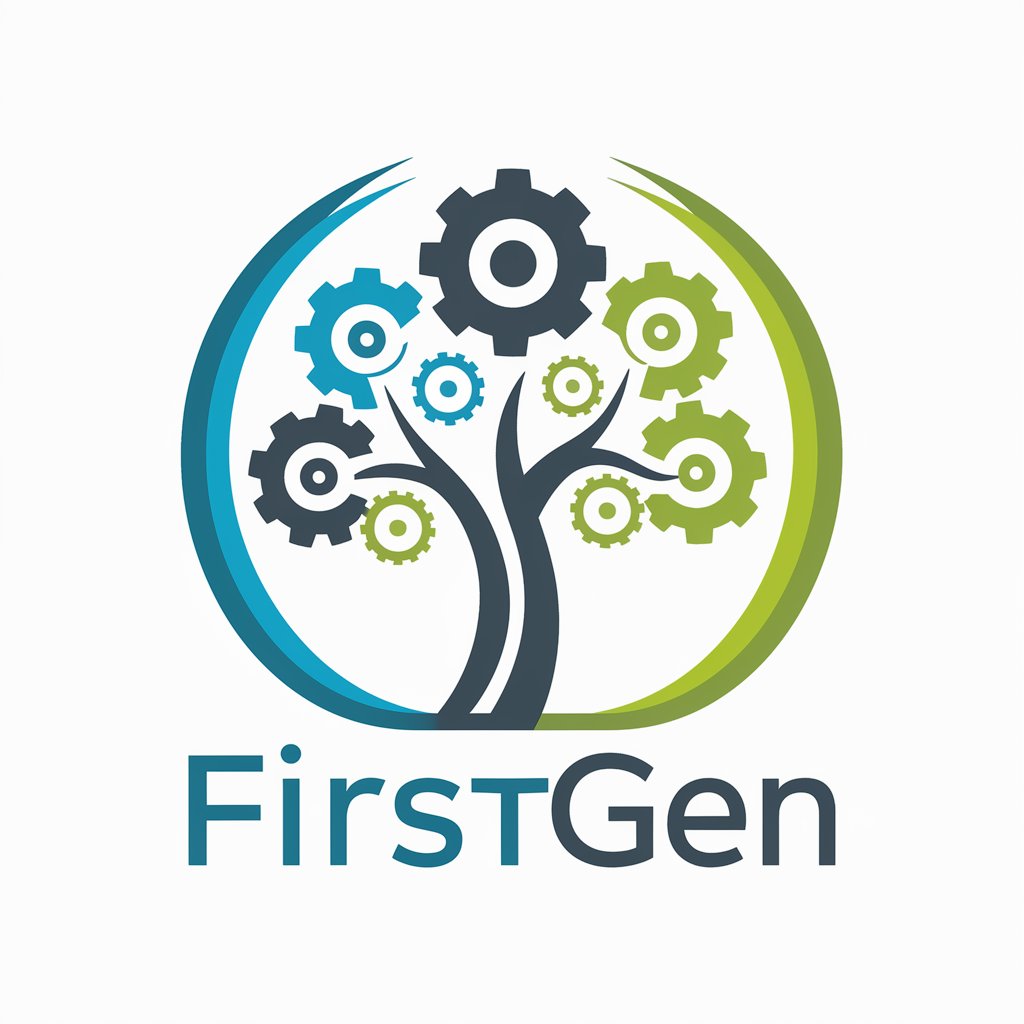
Frequently Asked Questions about Database Query Optimizer
What databases does Database Query Optimizer support?
It supports a wide range of databases, including but not limited to MongoDB, MySQL, PostgreSQL, and SQL Server, offering specific optimization techniques for each.
Can it help with NoSQL databases?
Absolutely, it excels in optimizing NoSQL databases like MongoDB, providing insights on document structure, indexing, and query performance.
Is it suitable for optimizing large databases?
Yes, it's designed to handle large-scale database optimization, leveraging algorithms and strategies to efficiently manage and improve large datasets.
Does it offer real-time optimization suggestions?
While not real-time, it analyzes your input to provide comprehensive optimization strategies that you can implement to enhance database performance.
How does it improve query speed?
By suggesting indexes, optimizing query structures, and recommending schema changes, it can significantly reduce query execution time and improve overall performance.